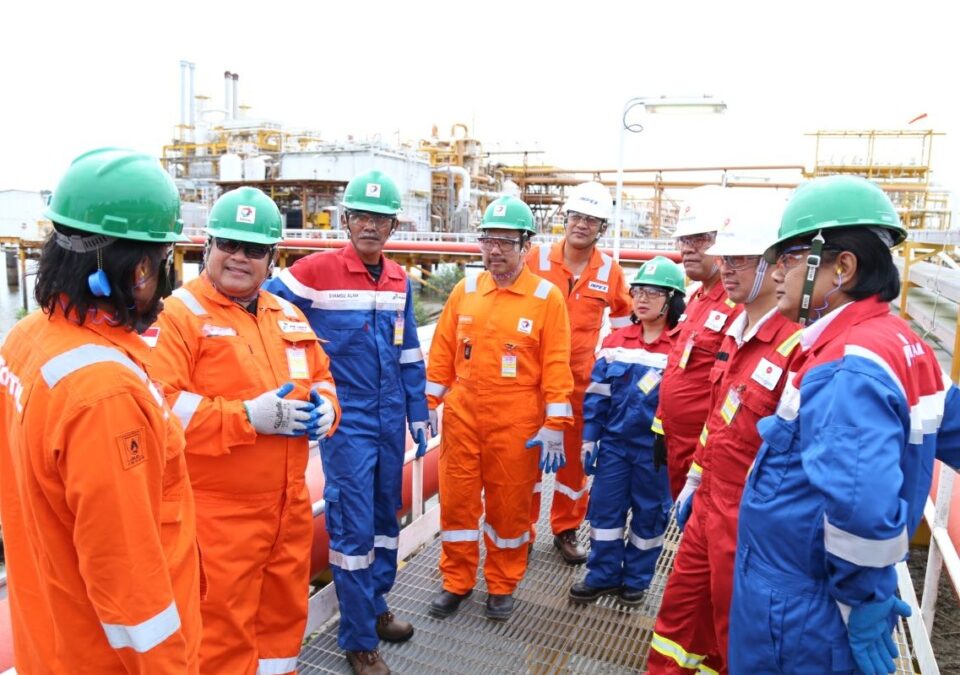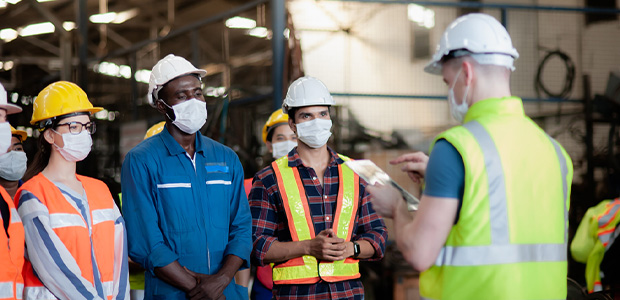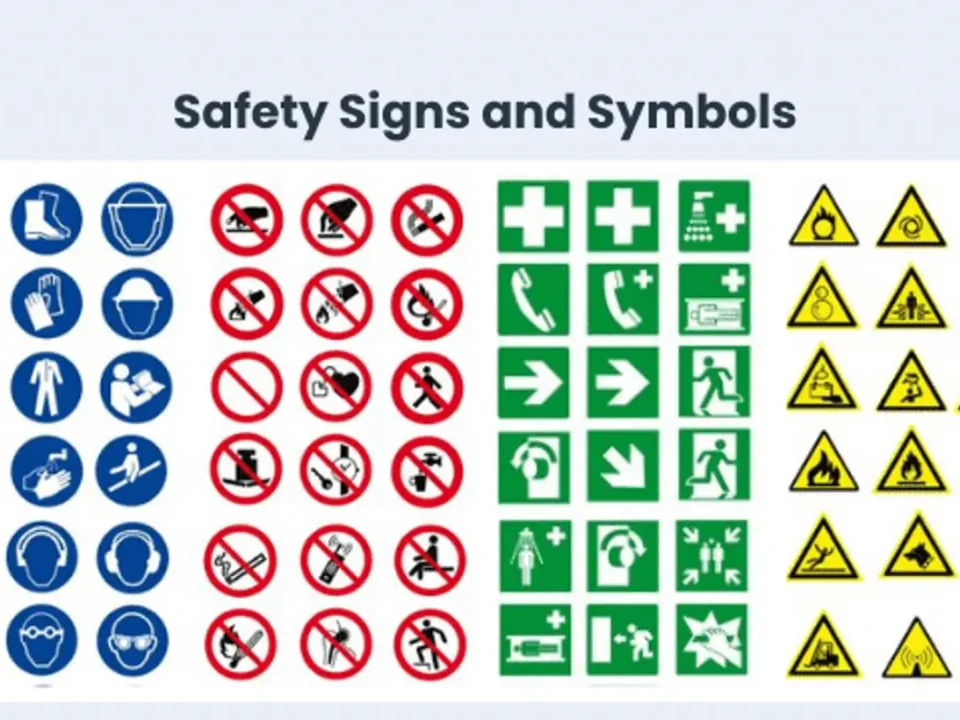The Importance of Safety Training

Behavior-Based Safety: Key Concepts and Benefits
September 16, 2021
Tips to Implement the ISO 45001 Standard- the safety master
October 11, 2021The Importance of Safety Training is something that cannot be over-emphasized. Our lives are completely dependent on the safe operation of our equipment, which in many cases are very dangerous pieces of machinery. Training fulfills many purposes including the prevention of injuries, back injuries, death, etc. Everyone in the industry should receive some form of safety training at their place of employment. This ensures that they are aware of the dangers they may be exposed to when using heavy machinery.
Introduction
If you work in the industry, then you are well aware that safety training is vital. You take pride in your company’s policy on safety training, but it may not be enough to keep the accidents from happening. Having a team that always follows guidelines helps to prevent injuries. When an accident does occur, you can help them get back to work quickly. As a leader in the industry, you know how important it is to make safety training part of your business plan; however, there are times when it can be challenging to get workers to participate.
As a business owner, it’s important to provide a safe environment for your employees. Safety training is one way to do this—and there are several benefits to doing so. In fact, safety training can reduce the frequency and severity of accidents. Plus, not only will it keep your business from being involved in a lawsuit, but it can also be appealing to potential employees.
Safety training is a great investment
Safety training can be just as informative but also much more engaging to meet regulations regarding safety. Safety regulations are today’s rules that provide guidance for safe practices or product use by an individual or an organization. Why do companies invest in safety regulations? Because it’s better to have regulations than to deal with compensation claims for injuries.
If you are an employer, investing in safety training can save you money. If you are a trainer, the effect of safety training on employee safety performance is clear. Recent research has demonstrated that safety training increases safety performance through increased knowledge, skills, and behaviors. The importance of doing safety training can be hard to see when you do not get a big return from it. When someone has a close call or an injury, you question whether it was worth it. You question whether the training you did was effective.
It’s common to ignore the financial aspect of safety training, but it’s important not to underestimate this. When you take workplace safety seriously, it’s easy to see the potential savings related to preventing accidents, reducing sick days, and not having to hire temporary labor or permanent replacements. This is why it makes sense for any small business owner or manager to take safety training seriously.
Our safety training programs provide an investment of time and money to your organization. There are many benefits of safety training. In addition, you as a supervisor will benefit from the training as well as the employees who will also enjoy a safer work environment. Safety training is beneficial to those with jobs that require them to handle heavy equipment, chemicals, or other hazardous materials.
Safety training should be ongoing
Fatalities and injuries caused by accidents can be prevented when safety training is ongoing. If you think individual training sessions will be sufficient in the long-term, your company is headed for a higher risk of accidents resulting in heavy legal, medical and insurance expenses. Once the safety training is complete, it’s important to keep safety at the forefront as an ongoing initiative. Monthly or quarterly refresher training for employees is a good keep-them-sharp discipline that will reduce accidents and injuries as well as be a huge part of your prevention program.
Safety training is a continuous activity. It doesn’t end on some 3-day training program or certification course. Accidents don’t either. A lot of people think that if they’ve had a class, they’re done. But safety training needs to be ongoing. Whenever you add a new process to the plant, add a new machine, add a new operator or add a new employee, you need to update your safety training. When your process changes, make sure you put in the time to change the safety training with it.
The value of recertification
As an employer, you know that training and safety are effective and necessary. It also has to be ongoing. With the value of recertification, it’s no longer an easy decision on when to sit your team down for the next training period. Make sure you are reaping the benefits of increased knowledge, increased attention to safety protocols, and decreased workplace risk. Many organizations struggle with recertifying their safety training. They fear it will be expensive, they think people will get bored, or sometimes they think it won’t make any difference. But if you don’t recertify, you may not get the full value out of your training or it might even get discontinued completely.
Continuous training is something that’s become more and more of a hot topic over the past few years. Whether it has to do with an unconscious bias or if it’s truly the case of more training leading to better safety performance — we’ve seen a significant increase in safety programs utilizing online safety training. While it has been beneficial for many industries, I think we need to take a step back before we get overly aggressive about continuous training and focus on why we’re doing safety training in the first place.
Everyone has recognized the importance of safety training since it creates an environment where the employees are aware of the risks associated with their job, and undertake proactive ways to avoid accidents, potential hazards, and any other hazards directly or indirectly related to its activity. We at TheSafetyMaster have realized that Safety Training is one of the most crucial aspects of our business. The Safety Master is the leading company providing safety training, Behavior-Based Safety Training, hazardous materials training, certification courses for confined space entry. We are offering many different courses.
How we can help
- Onsite/Online Training
- Safety Audits
- Documentation





